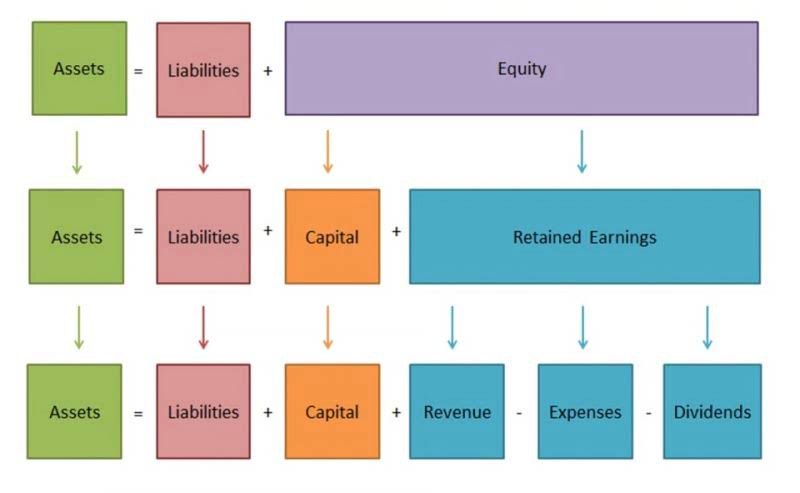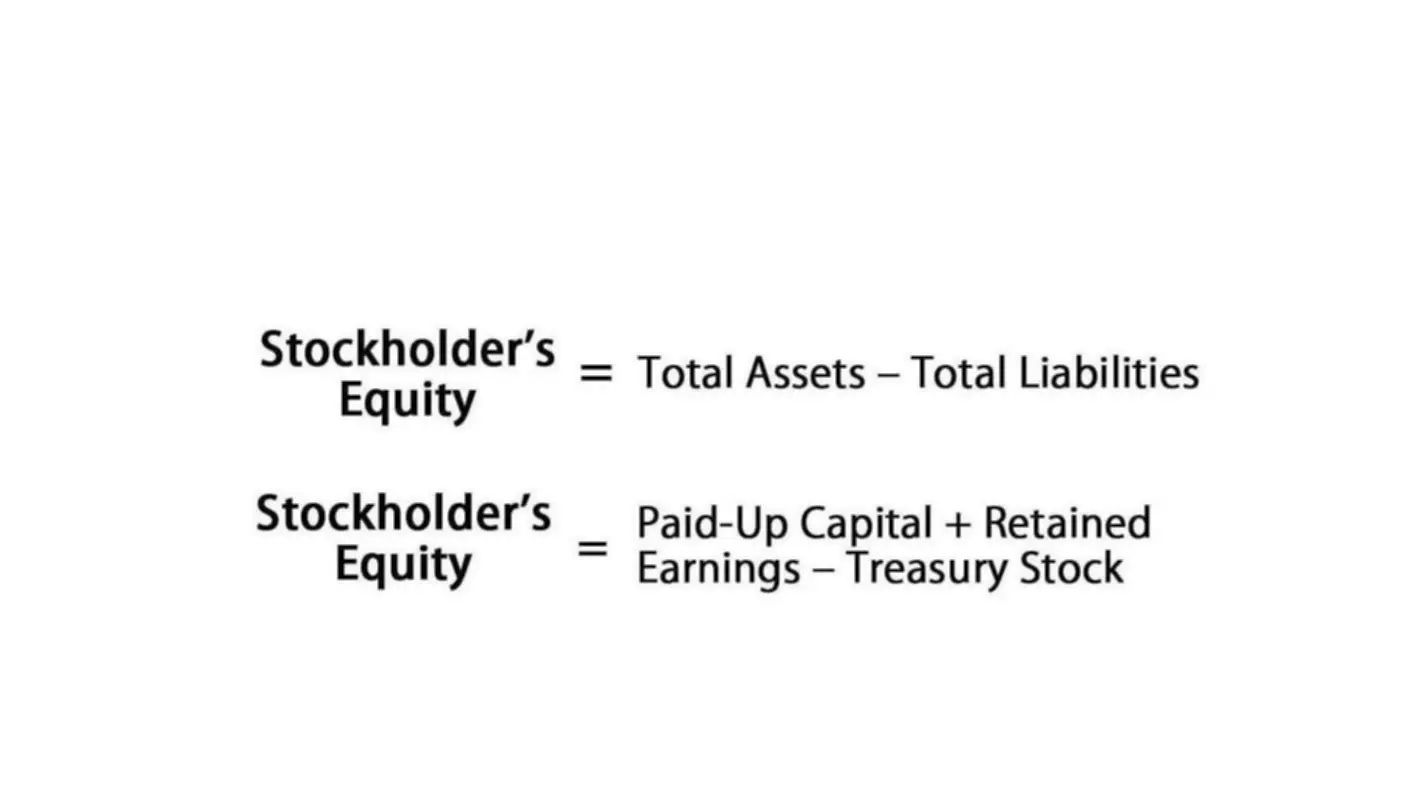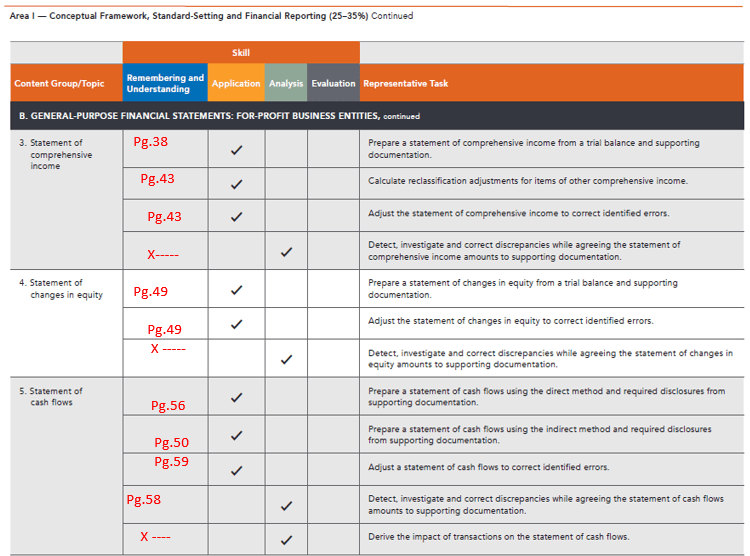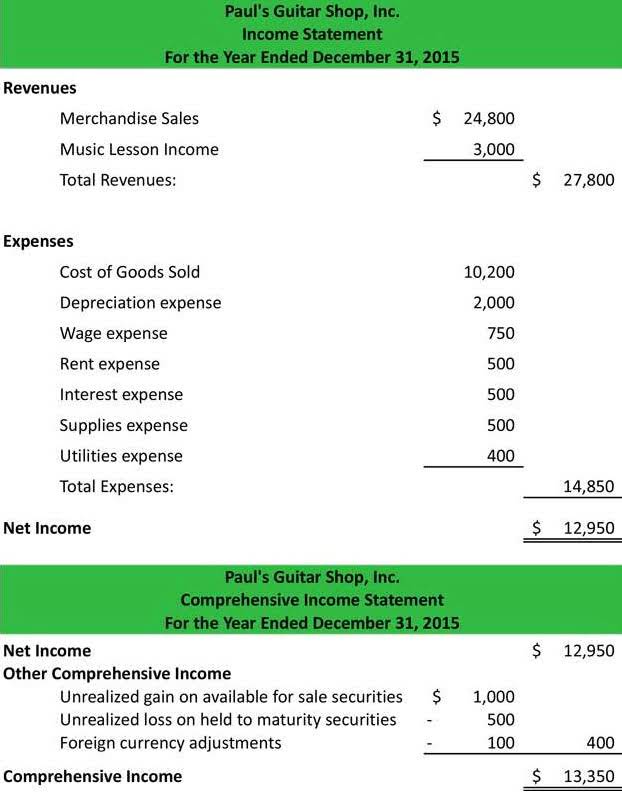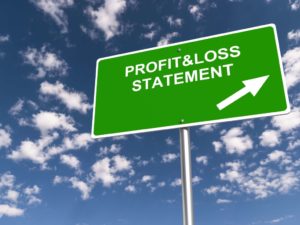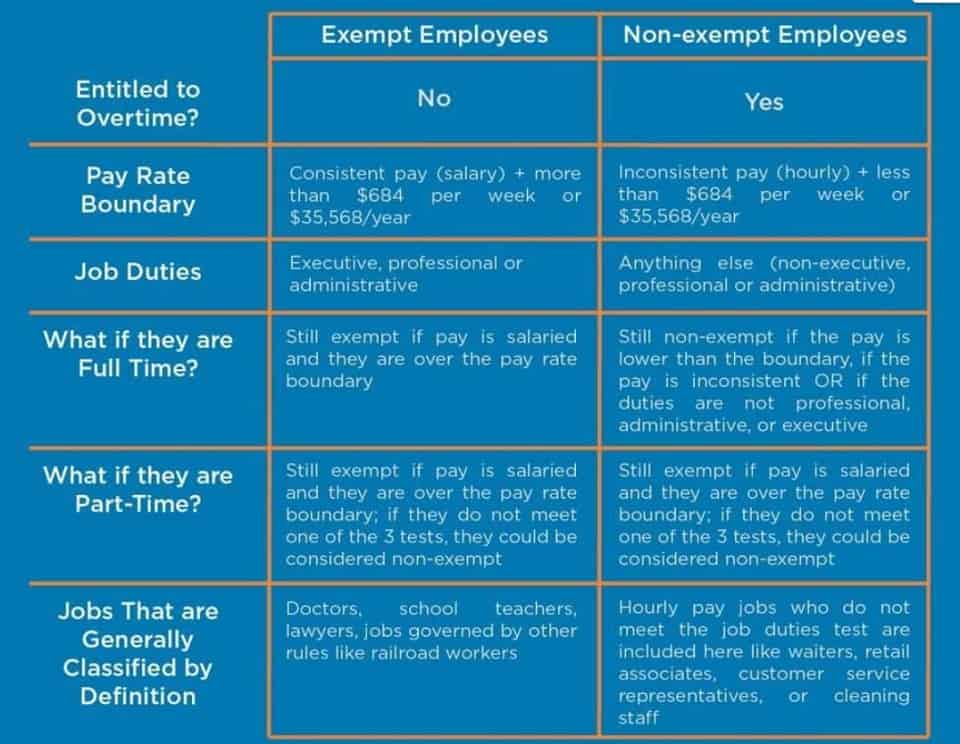For example, an increase in an asset account can be matched by an equal increase to a related liability or shareholder’s equity account such that the accounting equation stays in balance. Alternatively, an increase in an asset account can be matched by an equal decrease in another asset account. It is important to keep the accounting equation in mind when performing journal entries. Taking time to learn the accounting equation and to recognise the dual aspect of every transaction will help you to understand the fundamentals of accounting. Whatever happens, the transaction will always result in the accounting equation balancing. A trade receivable (asset) will be recorded to represent Anushka’s right to receive $400 of cash from the customer in the future.
- If a business buys raw materials and pays in cash, it will result in an increase in the company’s inventory (an asset) while reducing cash capital (another asset).
- In our examples below, we show how a given transaction affects the accounting equation.
- The owner’s equity is the balancing amount in the accounting equation.
- Assets are resources the company owns and can be used for future benefit.
Assets
The accounting equation states that a company’s total assets are equal to the sum of its liabilities and its shareholders’ equity. If the left side of the accounting equation (total assets) increases or decreases, the right side (liabilities and equity) also changes in the same direction to balance the equation. It’s a tool used by company leaders, investors, and analysts that better helps them understand the business’s financial health in terms of its assets versus liabilities and equity. In above example, we have observed the impact of twelve different transactions on accounting equation. Notice that each transaction changes the dollar value of at least one of the basic elements of equation (i.e., assets, liabilities and owner’s equity) but the equation as a whole does not lose its balance.
Example: How to Calculate the Accounting Equation from Transactions
The balance sheet is also referred to as the Statement of Financial Position. This equation should be supported by the information on a company’s balance sheet. The Accounting Equation is increase manufacturing capacity in times of crisis with lean principles the foundation of double-entry accounting because it displays that all assets are financed by borrowing money or paying with the money of the business’s shareholders.
The CFS inventory debit or credit shows money going into (cash inflow) and out of (cash outflow) a business; it is furthermore separated into operating, investing, and financing activities. Debt is a liability, whether it is a long-term loan or a bill that is due to be paid. This simple formula can also be expressed in three other ways, which we’ll cover next. At first glance, this may look overwhelming — but don’t worry because all three reveal the same information; it just depends on what kind of information you’re looking for. Still, let’s dive into the differences between the two so that you can understand how each might affect your bookkeeping process.
What Is a Liability in the Accounting Equation?
Investors are interested in a business’s cash flow compared to its liability, which reflects current debts and bills. Although the balance sheet always balances out, the accounting equation can’t tell investors how well a company is performing. Like any mathematical equation, the accounting equation can be rearranged and expressed in terms of liabilities or owner’s equity instead of assets. Before explaining what this means and why the accounting equation should always balance, let’s review the meaning of the terms assets, liabilities, and owners’ equity. Due within the year, current liabilities on a balance sheet include accounts payable, wages or payroll payable and taxes payable. Long-term liabilities are usually owed to lending institutions and include notes payable and possibly unearned revenue.
The accounting equation will always balance because the dual aspect of accounting for income and expenses will result in equal increases or decreases to assets or liabilities. The balance sheet is also known as the statement of financial position and it reflects the accounting equation. The balance sheet reports a company’s assets, liabilities, and owner’s (or stockholders’) equity at a specific point in time.
On the other hand, equity refers to shareholder’s or owner’s equity, which is how much the shareholder or owner has staked into the company. Small business owners typically have a 100% stake in their company, while growing businesses may have an investor and share 20%. The accounting equation focuses on your balance sheet, which is a historical summary of your company, what you own, and what you owe. While there is no universal definition for liabilities and equity, liabilities are typically external claims (e.g., creditors and suppliers), and equity is internal claims (e.g., business owners and shareholders). It’s called the Balance Sheet (BS) because assets must equal liabilities plus shareholders’ equity.
A credit in contrast refers to a decrease in an asset or an increase in a liability or shareholders’ equity. The double-entry practice ensures that the accounting equation always remains balanced, meaning that the left-side value of the equation will always match the right-side value. The cash (asset) of the business will increase by $5,000 as will the amount representing the investment from Anushka as the owner of the business (capital). This is how the accounting equation of Laura’s business looks like after incorporating the effects of all transactions at the end of month 1.
Example Transaction #10: Issue of Dividends
Stockholders can transfer their ownership of shares to any other investor at any time. Owners’ equity typically refers to partnerships (a business owned by two or more individuals). Economic entities are any organization or business in the financial world. Upgrading to a paid membership gives you access to our extensive collection of plug-and-play Templates designed to power your performance—as well as CFI’s full course catalog and accredited Certification Programs.
The first classification we should introduce is current vs. non-current assets or liabilities. This equation sets the foundation of double-entry accounting, also known as double-entry bookkeeping, and highlights the structure of the balance sheet. Double-entry accounting is a system where every transaction affects at least two accounts. The accounting equation is also called the basic accounting equation or the balance sheet equation.
These equations, entered in a business’s general ledger, will provide the material that eventually makes up the foundation of a business’s financial statements. This includes expense reports, cash flow and salary and company investments. The fundamental accounting equation, also called the balance sheet equation, is the foundation for the double-entry bookkeeping system and the cornerstone of the entire accounting science. In the accounting equation, every transaction will have a debit and credit entry, and the total debits (left side) will equal the total credits (right side). For a company keeping accurate accounts, every business transaction will be represented in at least two of its accounts. For instance, if a business takes a loan from a bank, the borrowed money will be reflected in its balance sheet as both an increase in the company’s assets and an increase in its loan liability.
This arrangement can be ideal for sole proprietorships (usually unincorporated businesses owned by one person) in which there is no legal distinction between the owner and the business. For example, John Smith may own a landscaping company called John Smith’s Landscaping, where he performs most — if not all — the jobs. Nabil invests $10,000 cash in Apple in exchange for $10,000 of common stock. Shareholders’ equity comes from corporations dividing their ownership into stock shares.


